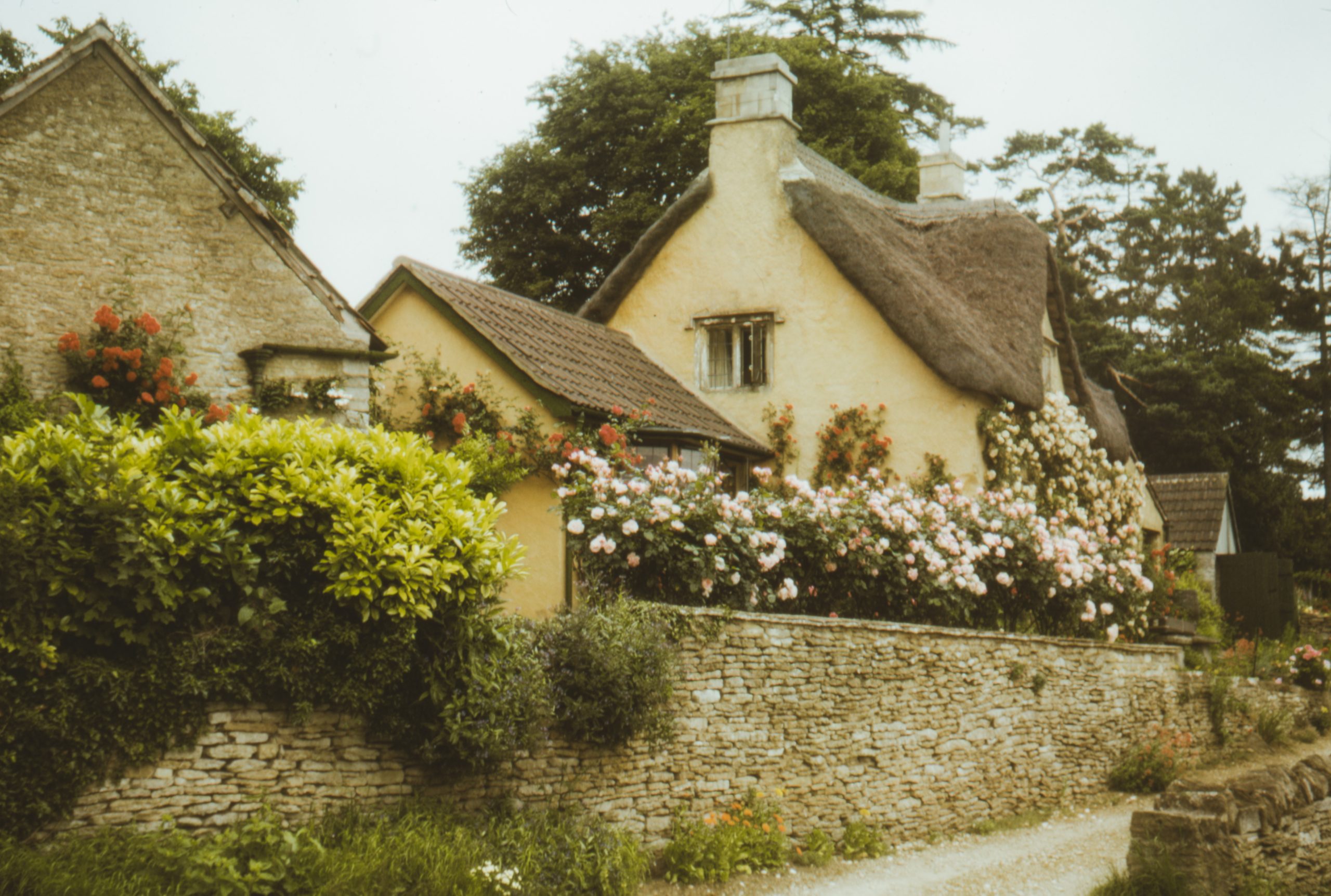Everything You Need to Know About Opening a Halfway House in Maryland: Legal Requirements, Licenses, and Regulations
Halfway homes provide a transition for people who have been convicted of crimes and need an adjustment resource before fully entering back into society. These facilities are often used in the case of persons who have been incarcerated for a period of time and need to be monitored in a semi-free status before being allowed to separate entirely from the correctional system. For those who wish to begin operating a halfway house for the purposes of assistance, often a service goal by non-profit organization intent on helping persons struggling with addiction, past criminal activity and similar, then the creation of the facility is going to need to meet certain requirements when trying to open a halfway house in Maryland.
Different Rules for Different Purposes
Again, halfway homes are not a one-size fits all approach. The purpose of the halfway house tends to dictate the rules and regulations that apply to it. For example, a halfway house intended to help individuals transitioning from mental health facilities to monitored out-patient status and full independence will operate very differently than a facility that is intended to help felons integrate back into society. Addiction assistance facilities are a third entirely different approach than the first two above.
Another big factor that will impact operation often includes local municipal rules for halfway facilities. The community affected by the presence of the halfway house may not be as keen to help the presence of such a facility, even if the service purpose is charitable and really needed by the population it serves. This is common in neighborhoods that believe a halfway house devalues the nearby properties by its simple presence.
Statutory Requirements
The Maryland State Health Code, Section 8-405 of Title 8, spells out that halfway houses will be regulated by the state and authorizes a licensure of any such facilities in Maryland. In short, an organization hoping to start a halfway house must obtain a license to do so from the Maryland State health agency first.
Health Code Section 8-406 of Title 8, provides that a small halfway house can be a single-family dwelling in a residential zone. If the facility will be a large halfway house, it must be located in an area zoned for high density residential dwelling. Fortunately, for Maryland organizations, a small halfway house is not treated any different in terms of zoning than a normal residential home, not does it require any type of conditional permit aside from the state license above. Being a state law, this treatment essentially bars a city or county from creating a greater requirement for such a license or permit on a small halfway house, with the state law superseding or overruling the local ordinance if that occurs.
As for larger halfway homes, they too are protected for local permits or rules in conflict with Section 8-406, but they must be located in areas zoned for residential high density. In this respect, localities can restrict a large halfway house from being in smaller unit neighborhoods.
Operational Internal Rules
In addition to municipal and regional rules for Maryland, every halfway house must have its own internal rules of operation as well. These are fundamentally necessary just to keep order within the facility and among the inhabitants on a daily basis. Many facilities marry their internal rules with progress development for inhabitants to help coax them towards proactive improvement and adjustment to be ready for society.
Watch Out for Local Restrictions
Many municipalities will try to restrict halfway houses in a number of ways in Maryland, regardless of state law. This approach will frequently involve some other law that can be applied in addition to what the state law already protects. A common approach is to confirm if the halfway house is an operating as a business. If so, the municipality could try to block the business from being allowed to occur in a residential location, sidestepping the issue of it being a halfway house. Instead, the conflict is the business being in a non-business zoned area. Other cities might try to restrict halfway houses to only being operated by religious organizations in an attempt to block for-profit activities. In both instances, it’s best to bring in the help of an attorney as it will be unlikely simple discussion will change an ill-written ordinance like the examples above.
Getting Started Establishing Your Halfway House
Whether your organization wants to open up a halfway house for a specific non-profit community purpose, or you are looking at the venture as a means of dedicated income generation, the first step to take is securing a solid understanding of what’s involved in doing so. Keith Humes can provide a direct map and path forward, helping you understand how to avoid the common pitfalls in the process as they apply to a facility in the State of Maryland. Find out more online by checking out Open Up a Halfway House.







